- 08 8323 8830
- [email protected]
- Weekdays: 10am – 5pm, Weekends: 11am – 5pm
The Hamilton Family is one of the original Australian winemaking families. In 1837 Richard Hamilton founded the Hamilton Vineyards, just south of Adelaide. It was planted with stock sent from friends in South Africa shortly after the family’s arrival in South Australia.
Five winemaking generations later, in 1972, Richard’s great-great-grandson, Dr Richard Hamilton established a small winery in McLaren Vale under the guidance of his father Burton, a noted viticulturist, and uncle, renowned vigneron, Sydney Hamilton.
Two years later, at the age of 76, Sydney bought land on the famous ‘terra rossa’ strip in Coonawarra, South Australia and established ‘Leconfield’ to fulfil his life’s ambition of growing and making a classic Australian Cabernet Sauvignon.
Sydney retired in 1981 after 65 vintages and Dr Richard Hamilton purchased the company from him. Leconfield became the single winemaking facility for both the Richard Hamilton Wines and Leconfield Coonawarra brands, securing the family connection to both Coonawarra and McLaren Vale.
Celebrating since 1837 and still making history…
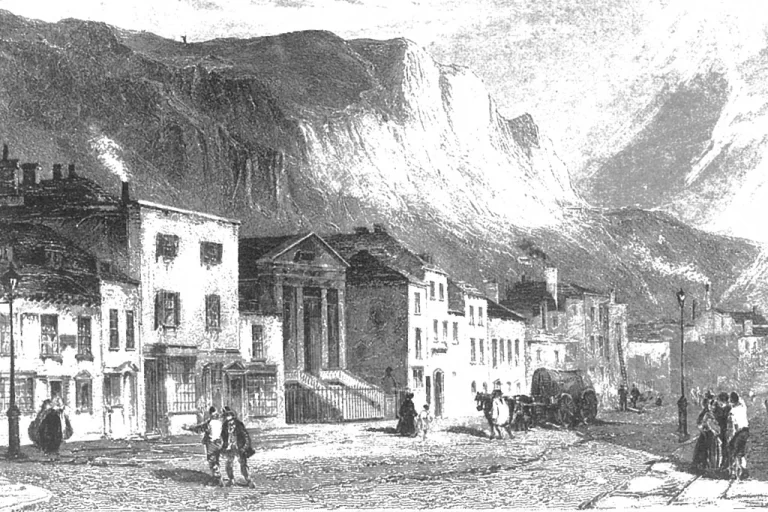
The story of the Hamilton wine dynasty begins in Dover, England, where Richard Hamilton (born 1792) plied the modest trade of tailor, as his father and grandfather had done before him. He lived with his wife Ann and nine children on Snargate Street, his house sandwiched between the white cliffs to the rear and the bustling wharves a stone’s throw from his front door. It seems though that he dreamed of bigger things. Dover is very close to France, and a family story has it that he was involved in smuggling wine across the Channel for sale in nearby London. Suddenly at the age of 45 he decided to emigrate to South Australia. Perhaps revenue agents were closing in on him, making Dover a little warm for his comfort. Or perhaps the pull came the other way. He listed “Agriculturist” on his embarkation papers, revealing a yearning for a farm and a bit of land to call his own.
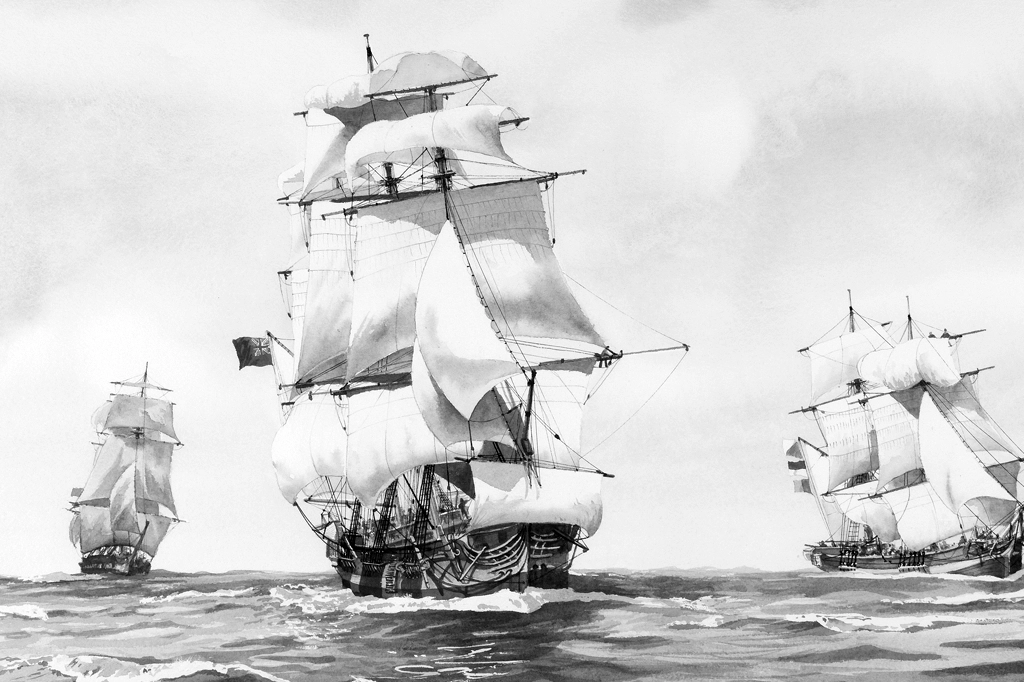
It seems that Richard’s 16-year-old son William Holmes Hamilton had been a crewman aboard the first ship to land in South Australia, apart from sealers and whalers. He must have been impressed because he returned to England in early 1837 and persuaded his father to emigrate to the new colony.
Richard Hamilton took out ‘Land Order 449’ for the Province of South Australia, and together with wife Ann and eight of their nine children set off on the ‘Katherine Stewart Forbes’ for the other side of the world on 27 June 1837.
At the time the Colony was barely six months old.
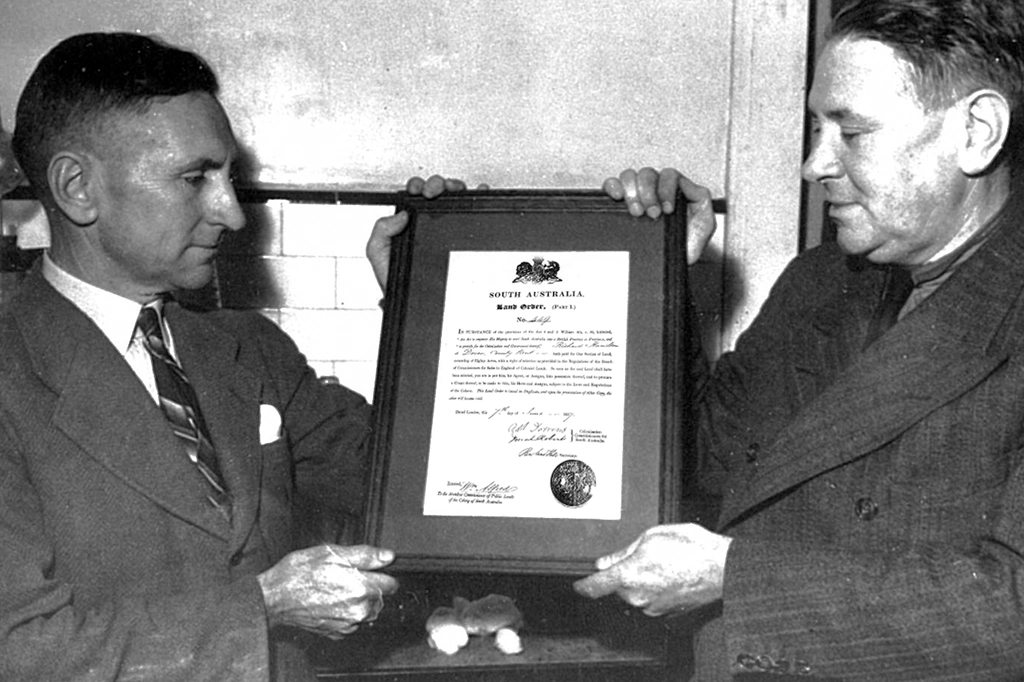
The Katherine Stewart Forbes made landfall at Holdfast Bay on 17 October 1837. However because the land surveys had not been completed, Richard and his family were unable to take up their land straight away. While they waited they were forced to live in rough tents on the banks of the River Torrens, and, unable to set up their farm, were forced to live on their dwindling savings.
Richard’s son John managed to get a job with Surveyor General William Light’s surveying party and he noticed a promising patch of land – Lot 148 – straddling the Sturt River near Glenelg in Marion District. On his recommendation, Richard selected it – it had excellent soil and was well drained. Richard and family finally took possession in May 1838, seven months after they had landed. They called their land Curtis Farm.
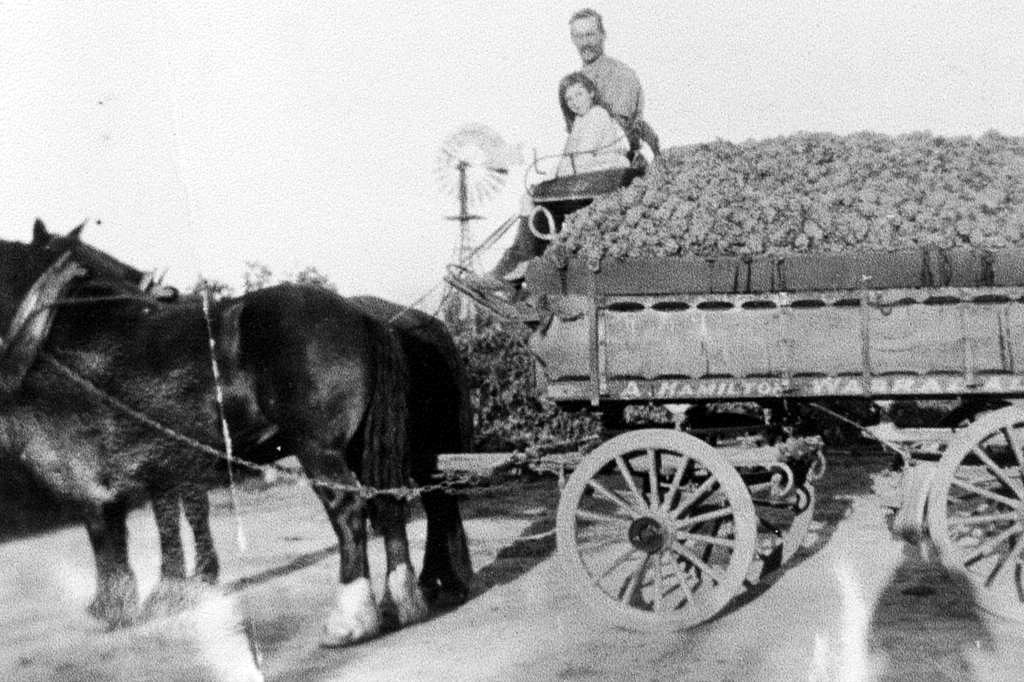
Clearing his land of trees and scrub and establishing arable farmland in its stead was heavy, punishing work, especially as Richard was not a young man. One of his first actions, along with building a home, was to set up a garden for kitchen produce, and here he established a small vineyard. In the winter of 1838 Pedro Ximenez, Shiraz and Grenache vines were planted and the first wine was produced and sold by 1842-43.
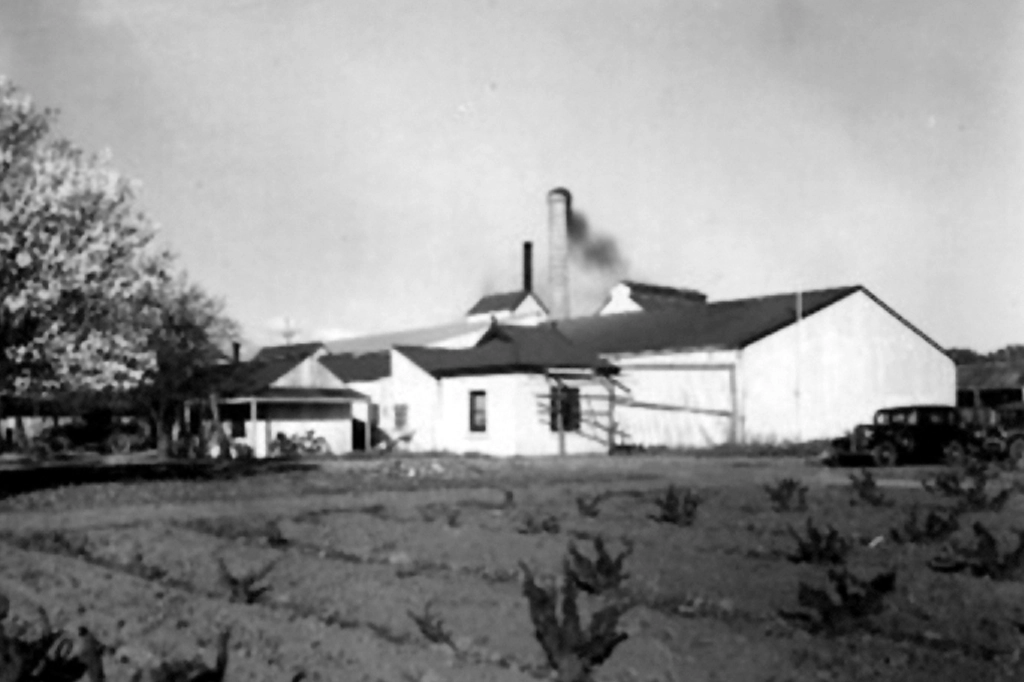
Richard died when he was only 60 years old in 1852, possibly worn out by the sheer hard work of being a pioneer farmer. While most of the other children set off to seek their fortunes in the goldfields of Victoria, his son Henry remained behind to manage the family farm. In 1852 Henry bought 47 acres of land across Oaklands Road from his father’s original plot and named it Ewell Farm. It would become the nucleus of Hamilton’s Ewell Winery. Henry married the girl next door, Mary Bell, and the home they built together on Oaklands Road still stands. In front of the house a row of gnarled old vines survives from his first vineyards.
Henry put the business firmly on the map, planting more vineyards and digging an underground cellar. By 1890 he had 40 acres under vines, 20 of those under Pedro Ximinez. In that year he won the prestigious Angas Award presented at the Royal Show.
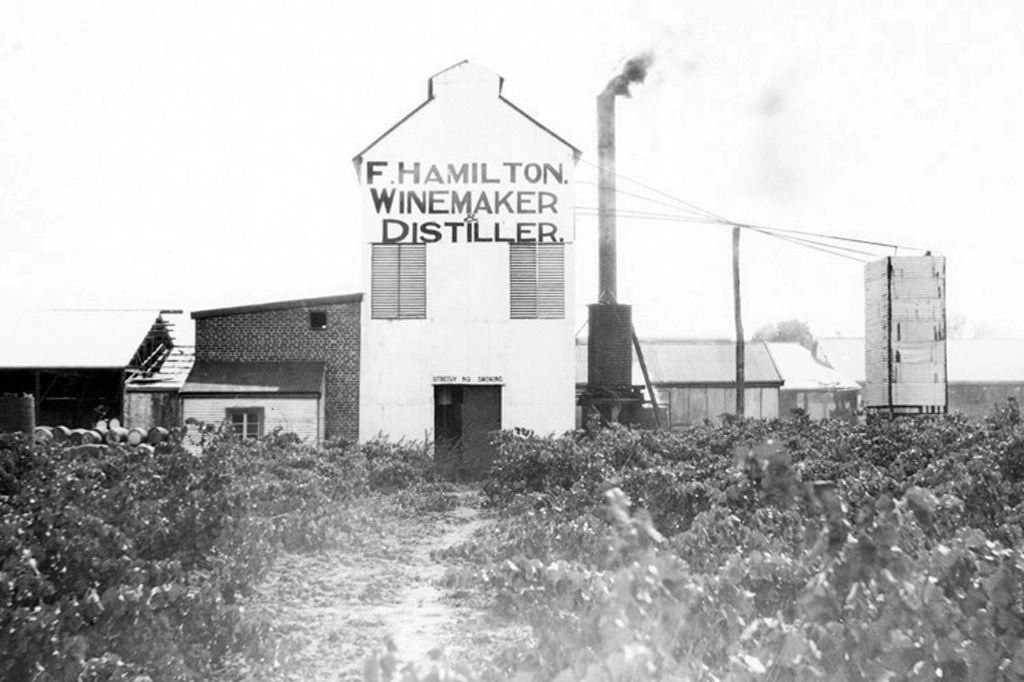
Henry had confidence in Frank’s capacity for hard work, his economic sense and his willingness to innovate, so when he reached the age of 64 in 1890, four years after his mother Ann’s death, he handed the reins over to him. His confidence proved to be well-placed. Frank steered the business from a mixed farm and winery to an enterprise which concentrated solely on winemaking.
He had a stroke of luck in his early days when he gave refuge to a young Swiss being pursued by the troopers for having jumped ship. The Swiss turned out to be an experienced winemaker – something quite rare in Australia. The family never managed to pronounce his real name. He gave Frank invaluable advice on the art of winemaking. It was the Swiss who got Frank to built a large underground cellar, having convinced him that wine needed cool storage. Frank continued to expand the winery and vineyards. By 1910 Frank and his father owned 242 acres, of which 156 were under vines.
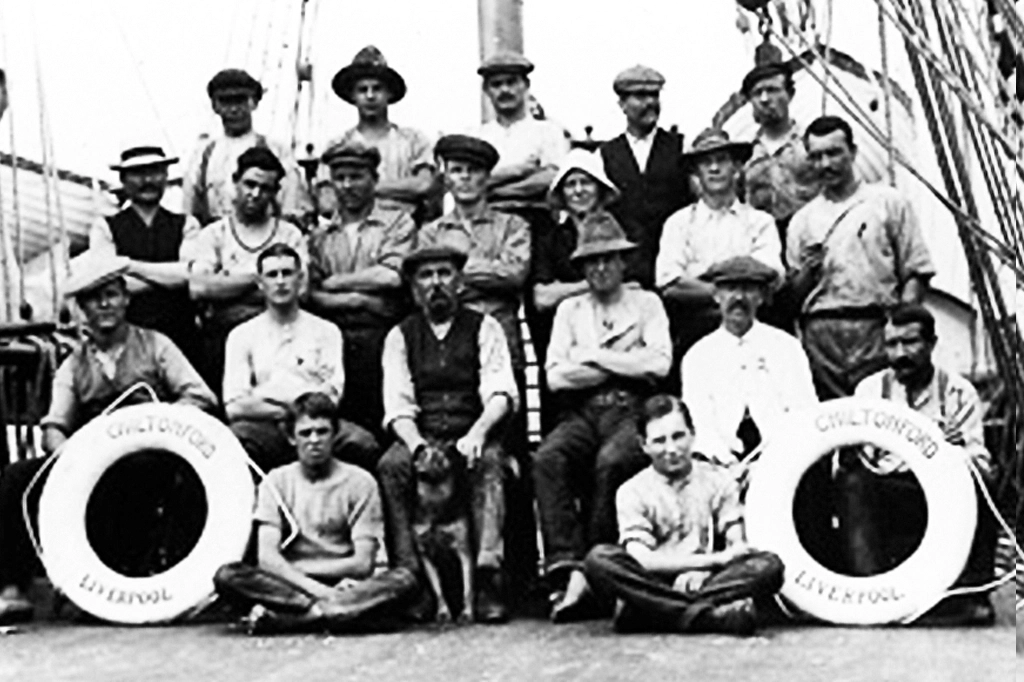
Quite unexpectedly, at the age of 54, Frank died from pneumonia in 1913. His eldest sons Eric and Sydney were only 17 and 14 respectively at the time. The following year World War I broke out. Eric enlisted and saw action in both Gallipoli and the Western Front and was wounded once and gassed on two occasions. Meanwhile Sydney followed a childhood dream and ran away to sea. He sailed on windjammers to Europe, surviving the treacherous waters off the tip of South America and so gaining membership of the elite group known as Cape Horners.
Back home in South Australia, with no one to take the helm of the business, the Public Trustee stepped in and took control of the winery and vineyards for a period of six precarious years.

In 1919 Eric returned from the war and, with Sydney already back from the sea, a partnership between the two brothers began which would take the family business to new heights. Eric, the older brother, became Managing Director. He was a formidable marketer and spent up to six months a year travelling in England and Canada. promoting Hamilton's wines. In London Eric had seen that he could sell Hamilton wines at lower prices than the French wines on offer and still make a good profit. It was an opportunity he grasped with both hands.
Meanwhile back in Adelaide, Sydney took over as winemaker. One day early on, an emigré winemaker from Russia, dropped in and tasted some of the Hamilton wines. He politely suggested “they are in need of some improvement…” He and Sydney became firm friends and John Seeck ended up working for Hamilton’s, becoming the second European wine expert to share his skills with the family company. Over the years the two men working together did indeed supply much improvement to the winemaking processes and so to the wine.
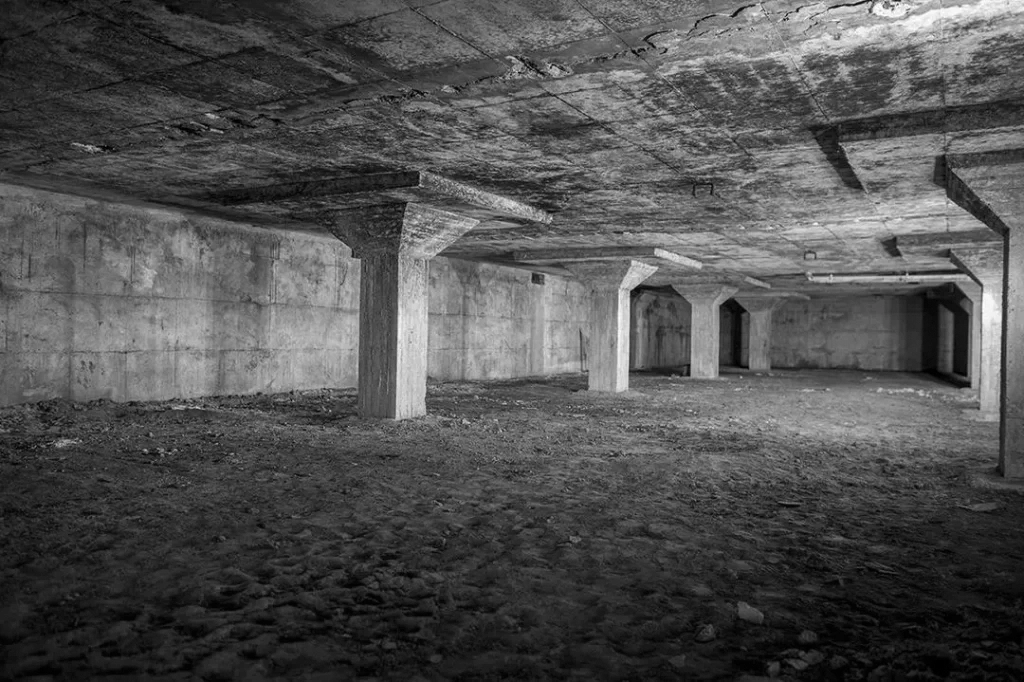
In 1929 Sydney developed a style of wine that was completely new in Australia. Inspired by the lightness of French Champagne and modeled on the German mosel it was a fresh white wine with a slight spritzig. He fermented the wine in closed vats instead of the open concrete tanks favoured at that time. As well preventing spoilage, fermenting in this way added the slight sparkle reminiscent of Champagne. He called it Hamilton’s Ewell Moselle. It sold like wildfire, and soon became Hamilton’s, then Australia’s, best-selling wine.
Haunted by a passion to further improve this wine, Sydney realised that in Australia the greatest challenge to winemaking is that the weather is often very hot during vintage, causing bacteria to proliferate. He came to the conclusion that the only solution was temperature control. This led to a frenetic 10 year journey of research and experiment, often dogged by failure. Finally in 1944 he dug a large ‘cold cellar’ and installed refrigeration. This was probably the most significant innovation in the history of Australian winemaking. It finally made possible the production of decent table wines and led to the Australian Wine Revolution.
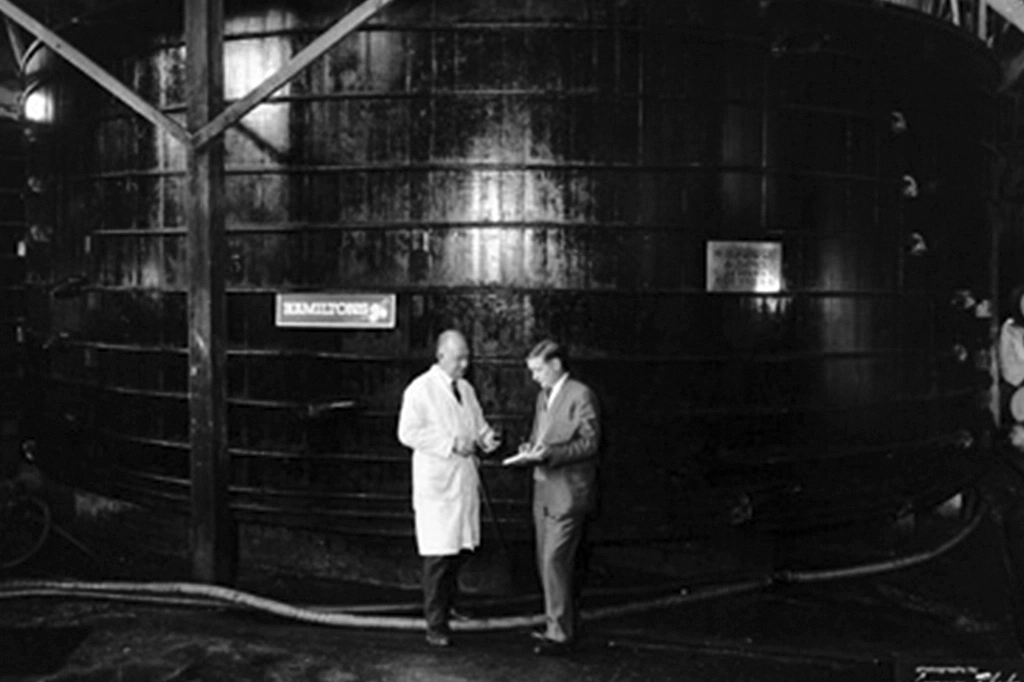
With the outbreak of World War II Hamilton’s suddenly lost the valuable London market. At the same time the importation of Scotch whisky into Australia came to an abrupt halt. Sydney knew how to front the blows of fortune. He set about installing a Coffey still at the winery in order to fill the gap. The resulting Hamilton’s Gold Label Whisky proved very popular and was advertised as “As good as Scotch”. It soon became one of the three best-selling Australian brands.
It was soon time for a third European wine virtuoso to turn up. Maurice Ou, a highly-qualified French oenologist, arrived unexpectedly on the doorstep of the winery in 1945, and soon became Senior Winemaker. He introduced new winemaking techniques and made a name for his award-winning wines, particularly his vintage Sauternes which were often mistaken for France’s celebrated nectar of the gods, Chateau D’Yquem.
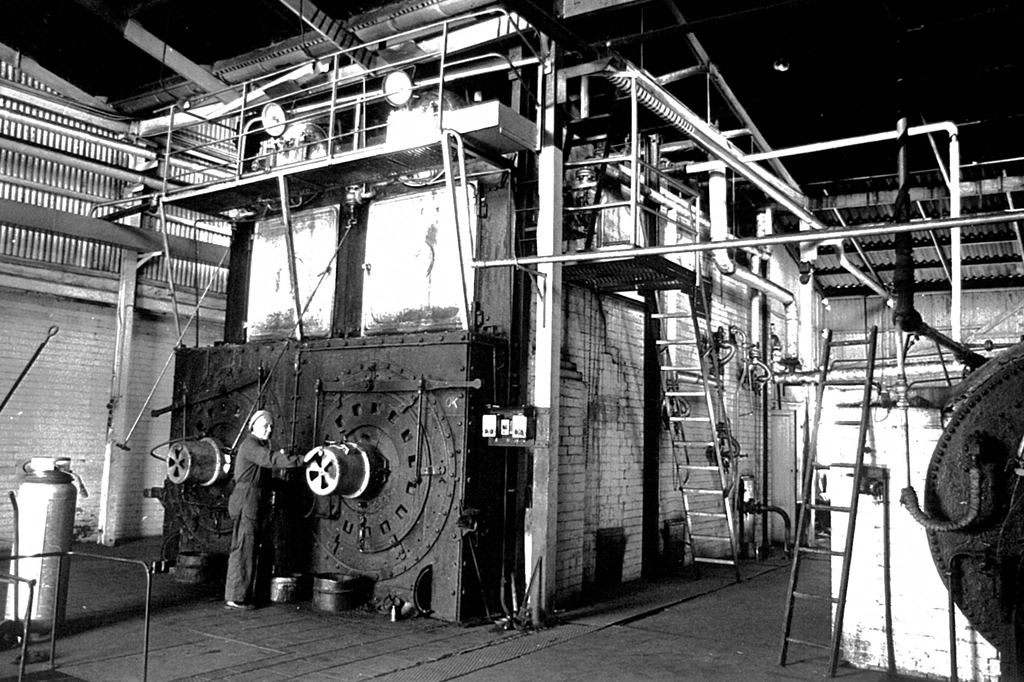
“I still had faith in the work of Louis Pasteur, who set himself the daunting task of improving French Wines. He inspired in vignerons of his time a consciousness of the damage caused by overheating of their fermenting wine and demonstrated the advantages of obtaining pure yeast cultures free from the intrusion of any harmful bacteria. These are the essentials of making high-class wine.
Of course there are many other activities, enough to fill a volume. One requisite is a good microscope and the skill to use it.”
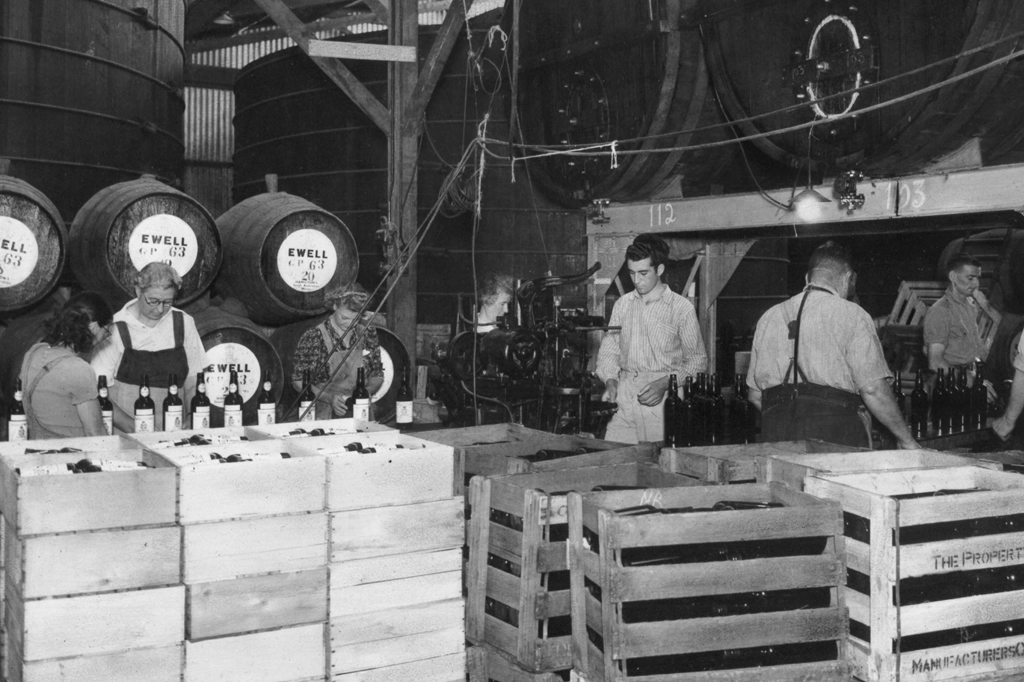
Eric and Sydney Hamilton’s partnership was uniquely successful, the marketing genius on the one hand, the brilliant winemaker on the other. They revamped the winery, set up pumps, a distillery, a steam boiler, new hydraulic presses and fermenting tanks. The Ewell Moselle was being produced in ever greater quantities – and it was producing a river of cash. It was clear to Sydney that control of temperatures was as important for red wine as for white. Soon it wasn’t only the Ewell Moselle and the Springton Riesling that were being noticed for their elegance of style – the Springton Claret and the Hermitage Dry Red were turning heads too.
Sydney resigned from the family business in 1955 moving to Happy Valley, 15 miles south of Adelaide. There he planted vines and was to work as a vigneron for another 20 years. Though, after a career spent nurturing and developing a classic Australian White, he secretly nursed a desire to create the classic Australian Red.

Sydney and Eric’s brother, Burton Hamilton, was a passionate viticulturist who purchased his first vineyard in McLaren Vale, the Hut Block, in 1947, the year of his son Richard’s birth. Burton had a strong belief in the quality of fruit from the region, and made his first Cabernet Sauvignon in 1958. The ‘Hut Block’ Cabernet Sauvignon is still being produced from this vineyard today and is the most awarded wine in the Richard Hamilton portfolio.
The iconic Richard Hamilton ‘Centurion’ Old Vine Shiraz comes from this vineyard too – from 1892 plantings at the back of the block along the creek.
Burton also established vineyards at Willunga that were planted predominantly with lovingly hand-tended Grenache bush vines. These dry-land vines still produce outstanding fruit, which can be sampled in the reserve range Burton’s Vineyard Old Bush Vines Grenache.
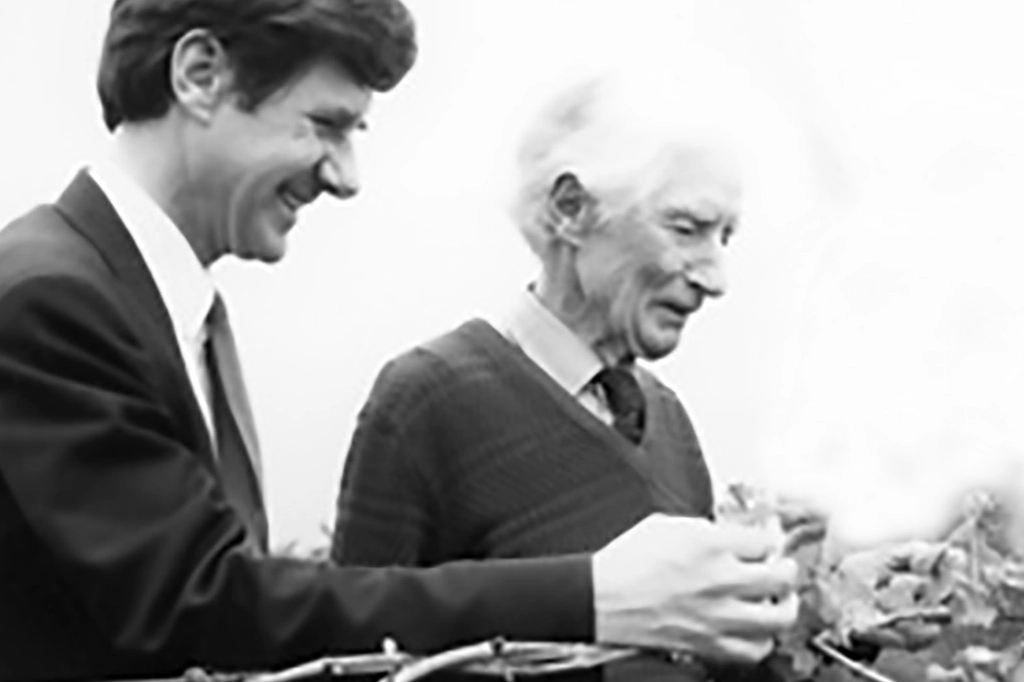
During the 1970s Hamilton’s Ewell Vineyards unfortunately entered a slow decline and were eventually bought out with the winery closing in 1979. Much of the original vineyard site fell victim to the spread of Adelaide suburbs. Where once there were vines, now there are streets of houses, a bus depot, a school and a drive-in theatre.
Burton gave encouragement to his third child, the current Richard Hamilton, who from his youngest days had been fascinated by winemaking. When he realised that Richard was serious about becoming a winemaker, he gave him a couple of acres at McLaren Vale, and Richard set up a vineyard and built his winery.
He produced his first vintage in 1972. Then, while Richard was pursuing his medical studies overseas, his father generously stepped in and looked after the winery and managed his cellar door for him.
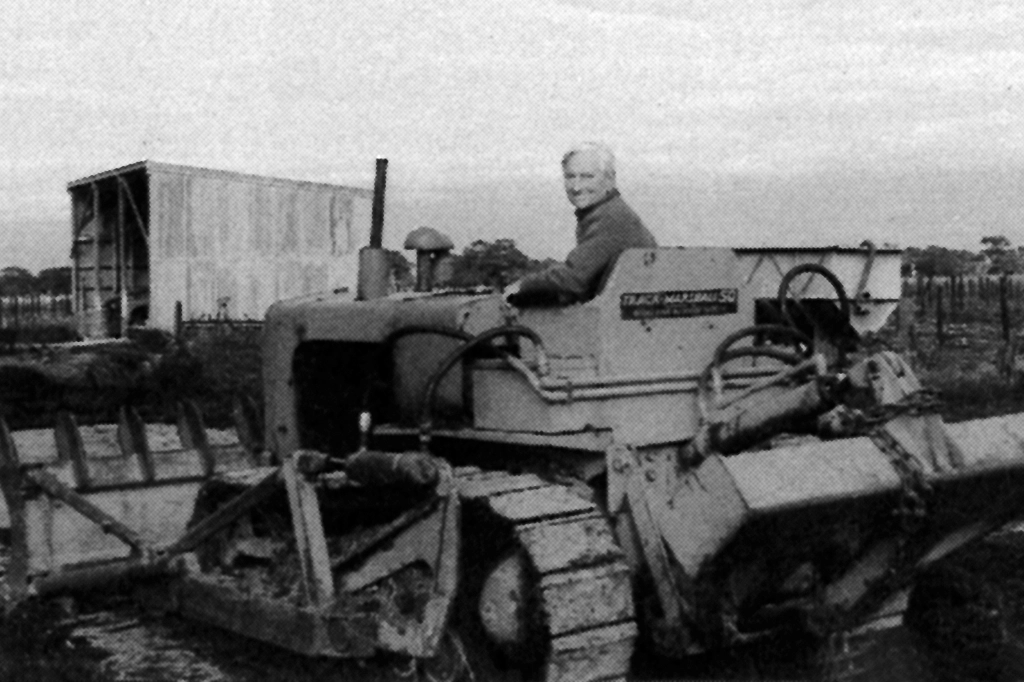
Still dreaming of producing a ‘damn good red’, Richard’s uncle Sydney Hamilton came out of retirement at the age of 76 and combed Australia, looking for the ideal spot to plant a vineyard. He found it in the terra rossa soil of Coonawarra. He cleared the land himself, planted the vines and set up a winery which he called Leconfield after a family connection through his mother to the Earl of Egremont, art patron (to J.M.W. Turner), philanthropist and heir to Leconfield Castle in Yorkshire.
In 1977 Sydney harvested his first crop of grapes. 1978 was a good year, but it was the 1980 Leconfield Cabernet Sauvignon that turned out to be everything he had ever hoped for in a red wine.
His ambition fulfilled, the next year he sold Leconfield to his young nephew Richard.
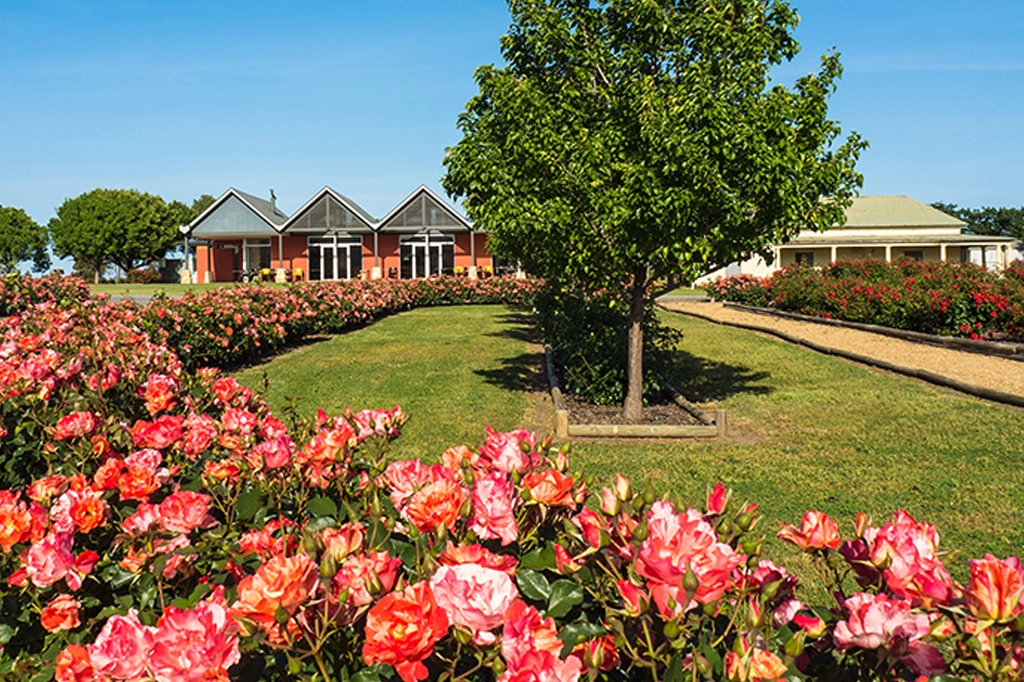
The current Richard Hamilton is both a respected surgeon and a winemaker. When he bought Leconfield in 1981 he re- established the link that went back through Sydney and Hamilton Ewell Vineyards Ltd, all the way to his namesake, the first Richard Hamilton in 1838. In this way he has resurrected the Hamilton heritage and continues the 185-year lineage of Hamilton winemaking.
Today Richard Hamilton, assisted by highly-regarded winemaker Paul Gordon, has grown the family business into two internationally acclaimed wine brands – Richard Hamilton Wines at McLaren Vale, famous for its velvety textured Shiraz, and Leconfield at Coonawarra, home to the world’s best Cabernet.
Together with his wife Jette, their son Thomas and daughter Annasofia, he continues the Hamilton winemaking legacy into its sixth generation.
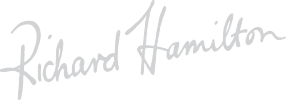
Head Office & McLaren Vale Tasting Room
ABN 30 051 035 548
439 Main Road McLaren Vale SA 5171
PO Box 370 McLaren Vale SA 5171
T: 08 8323 8830
E: [email protected]
www.facebook.com/leconfieldwines
INFORMATION
CONTACT US >
PRIVACY POLICY >
REFUNDS & RETURNS >
LOG IN >
LECONFIELD WINES PTY LTD: SA Liquor Licence No. 57607007 – Under the Liquor control Act 1988 it is an offence: To sell or supply liquor to a person under the age of 18 years on licensed or regulated premises; or For a person under the age of 18 years to purchase, or attempt to purchase, liquor on licensed or regulated premises.